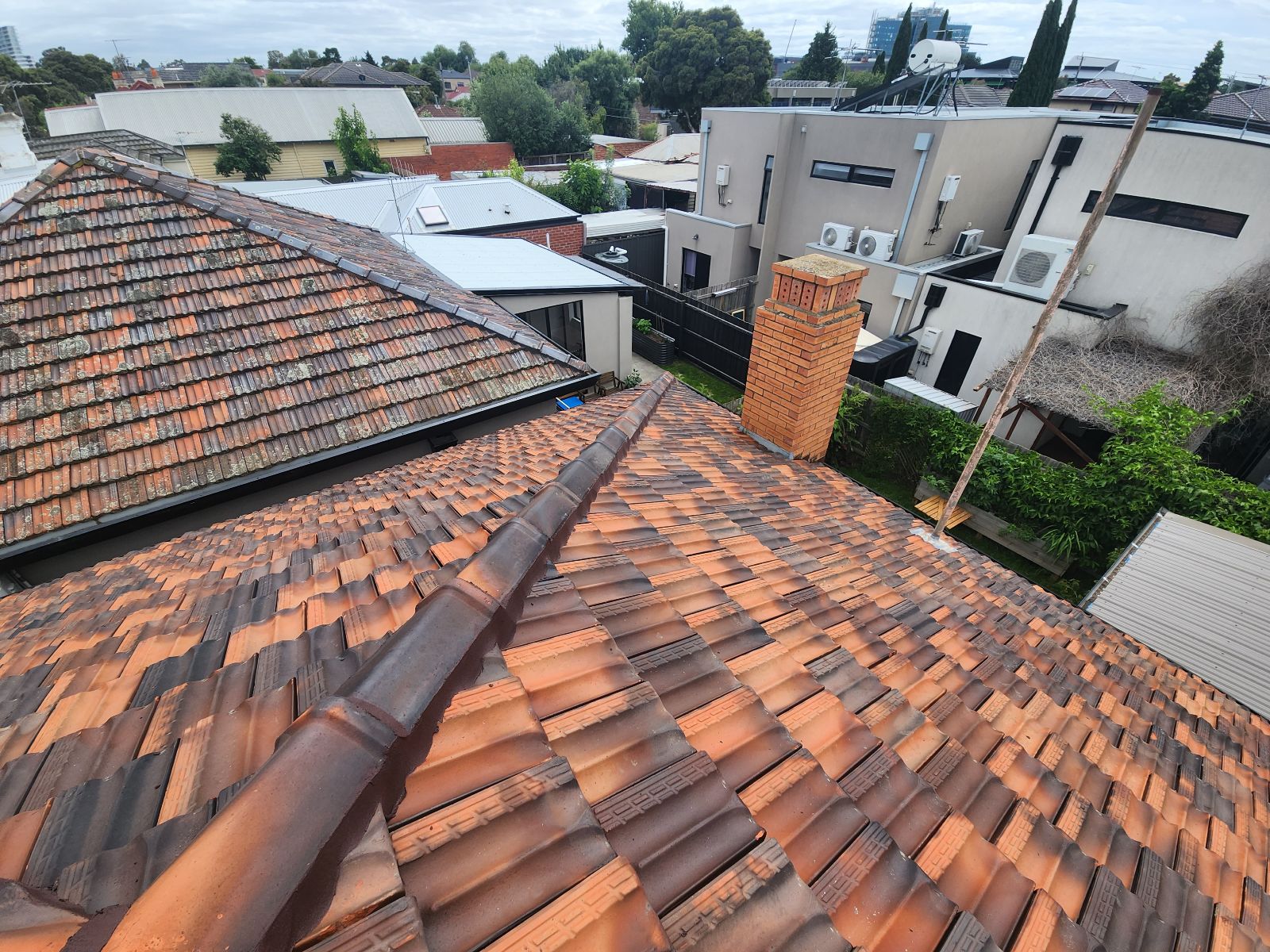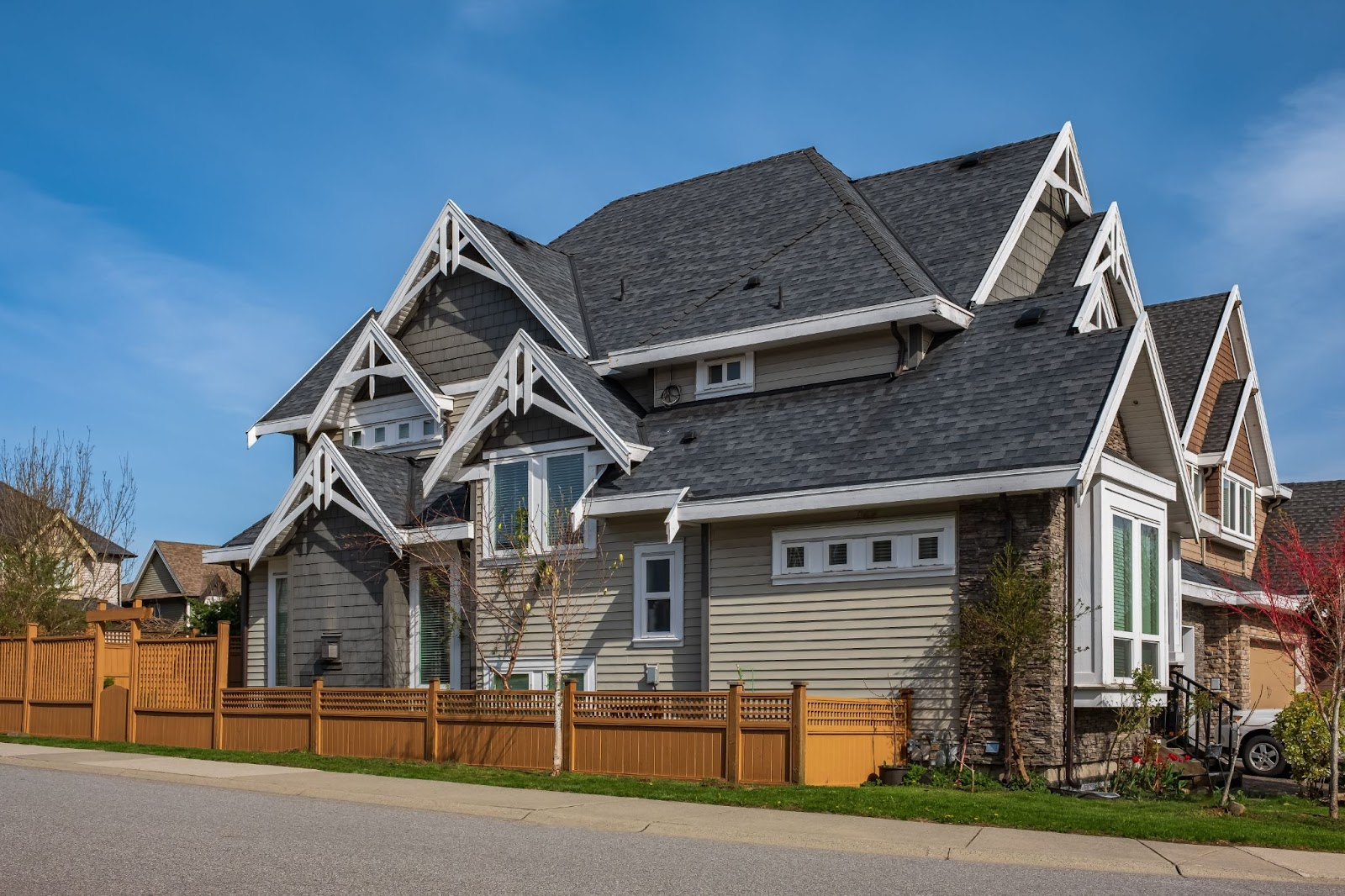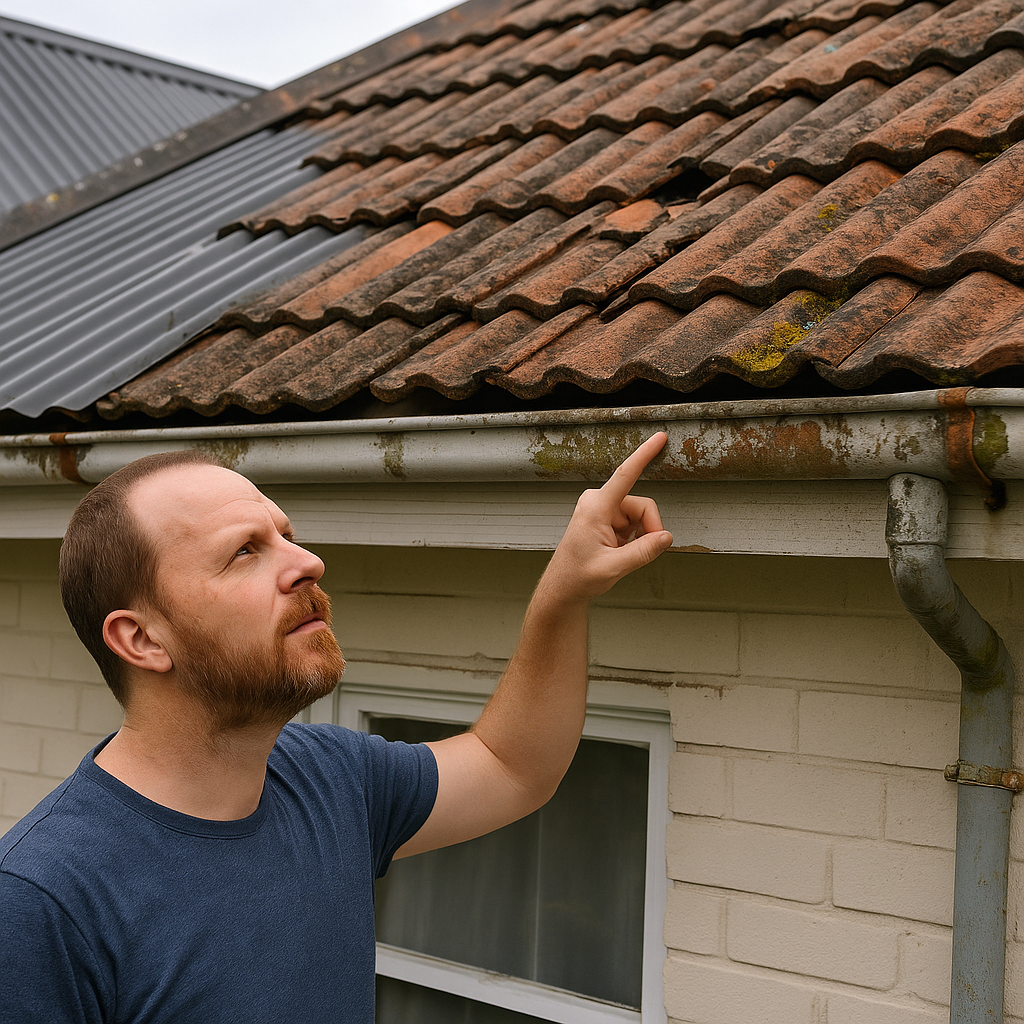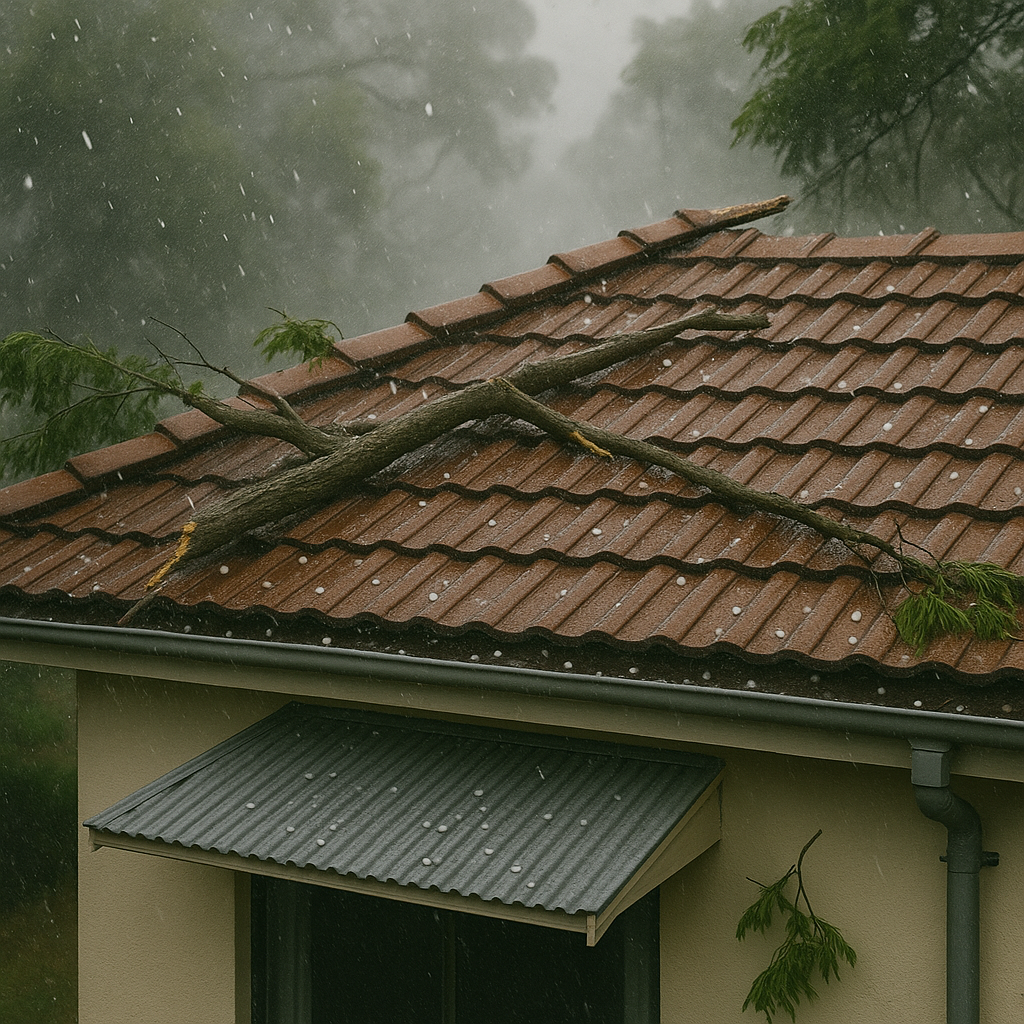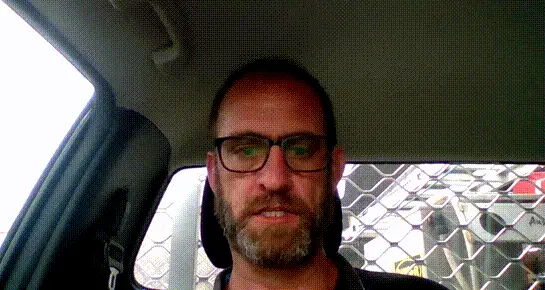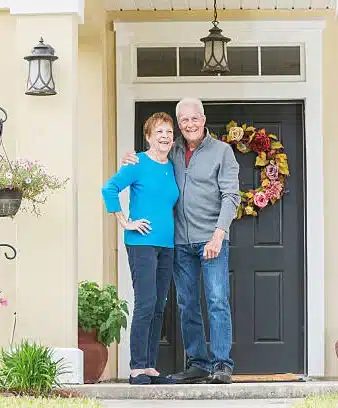
To receive your discount please fill in your details below.
It warms our hearts to see our valued HEROES being taken care off.




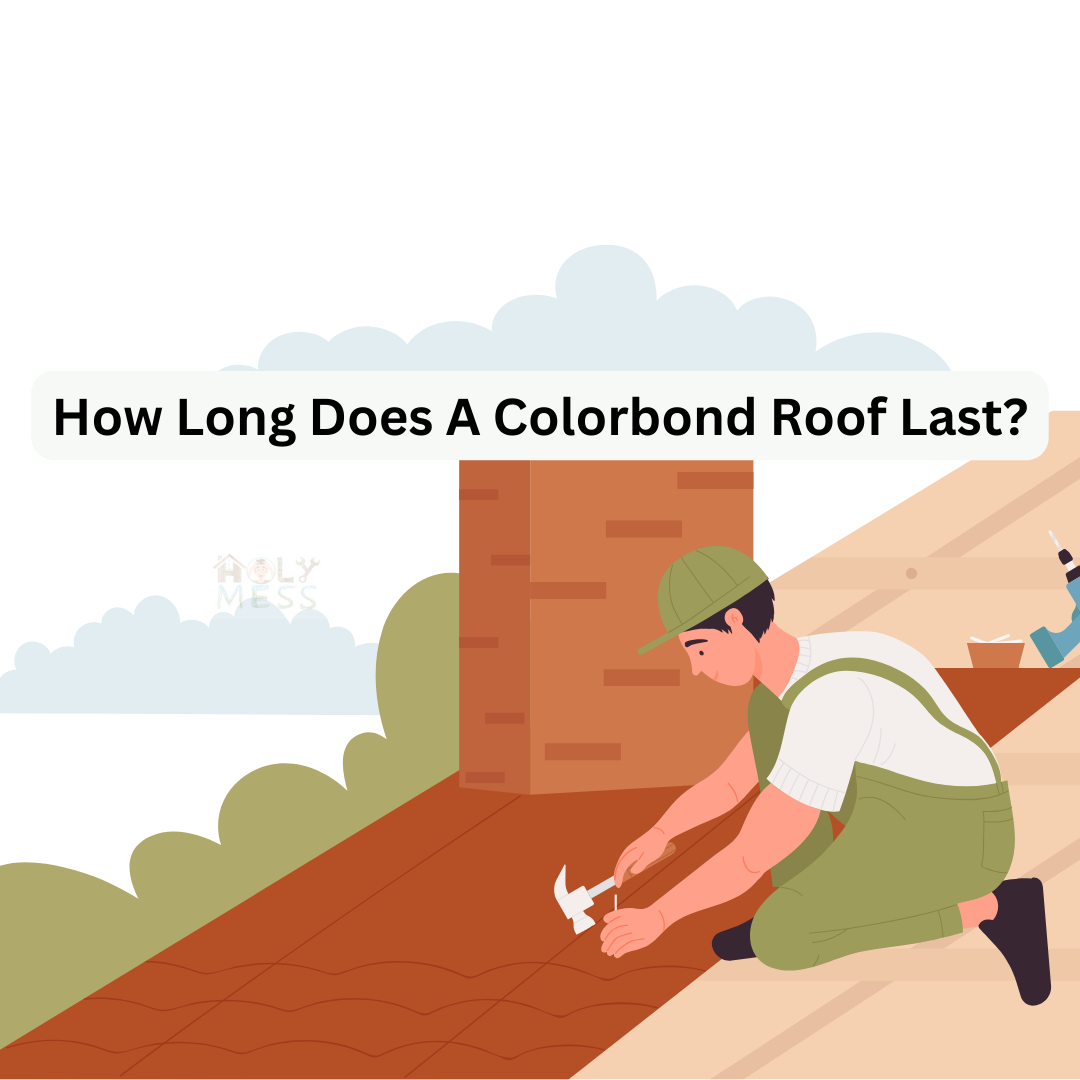
How Long Does A Colorbond Roof Last?
A Colorbond roof has a life expectancy of up to 70 years. This is significantly longer than other roofing materials, such as asphalt shingles (20-30 years) and concrete tiles (50 years).
Varun Chandra – CEO HolyMess Repairs
Colorbond is a popular roofing material in Australia, known for its durability and resistance to the harsh Australian climate.
But how long can you expect a Colorbond roof to endure these rigorous conditions?
To answer that question, let’s dive into the world of Colorbond roofing and explore its longevity. Also, if you’re interested in metal roofs, we’ve covered a guide on How Long Does a Metal Roof Last.
Colorbond roofs are a popular choice for Australian homeowners because they are durable, long-lasting, and energy-efficient. They are also available in a wide range of colors and styles to suit any home.
Colorbond roofing is a popular choice for Australian homeowners because it is durable and long-lasting.
Colorbond has a 30-year warranty from BlueScope Steel for corrosion and weathering due to the natural elements, and a 20-year warranty against paint flaking and chipping. This means that you can expect your Colorbond roof to last for at least 30 years, but in fact, it can last a lot longer, up to 70 years.
Metal roofs, including Colorbond, can generally last anywhere from 40-70 years, compared to asphalt shingle roofs, which typically last a maximum of 20 years before requiring major repairs or replacement. This makes Colorbond roofing a great long-term investment.
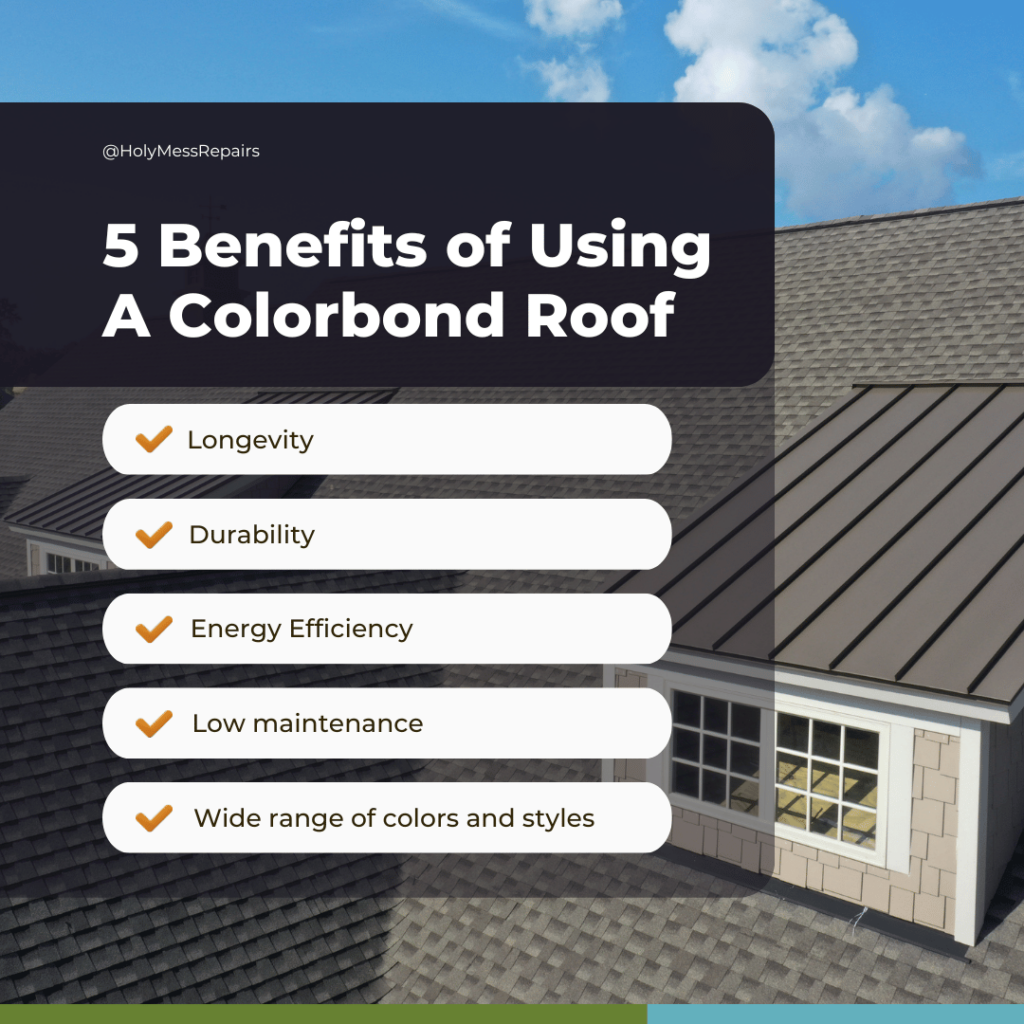
Here are some of the benefits of using Colorbond roofs:
In addition to these benefits, Colorbond roofs can also help to increase the value of your home.
Colorbond roofs are a good choice for people who want to be environmentally friendly. They are made from steel, which is one of the most recycled materials on the planet. Colorbond roofs are also highly efficient to transport and produce less waste on-site.
Here are some of the environmental benefits of colorbond roofs:
Overall, colorbond roofs are a good choice for people who want a durable, recyclable, and environmentally friendly roofing material.
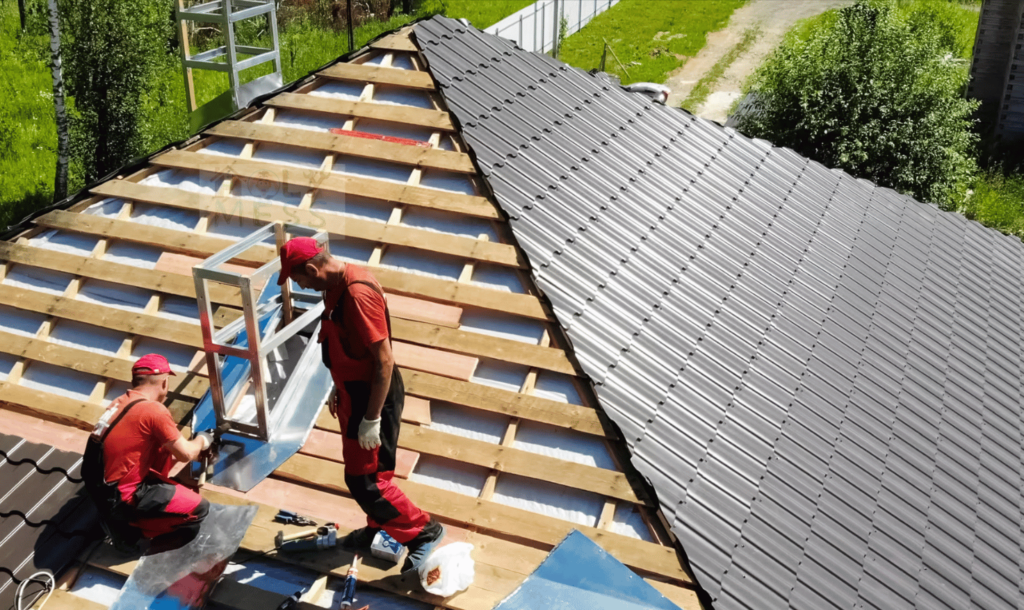
If you notice any signs of damage to your Colorbond roof, such as a sagging ceiling, patchy stains, or moss or algae growth, it is important to contact a roofing professional immediately. They can assess the damage and recommend the best course of action.
There are a few factors that can affect the lifespan of a Colorbond roof, including:
Remember, regular maintenance goes a long way in extending the life and appearance of your Colorbond roof, keeping it looking great for years to come.
You have a few options for cleaning your Colorbond roof:
Yes, Colorbond roofing can fade over time, but it’s actually more resistant to fading compared to many other roofing materials.
Here’s why Colorbond roofs might start to lose their color after approximately 10 years:
1. UV Rays: The powerful Australian sun can cause some fading over the years as Colorbond roofs are exposed to UV rays.
2. Weathering: The natural wear and tear that comes with being exposed to various weather conditions can contribute to fading.
3. Water Exposure: Prolonged exposure to water, especially standing water, can gradually affect the color of your Colorbond roof.
4. Airborne Pollutants: Acid rain or pollutants in the air can also play a role in causing fading.
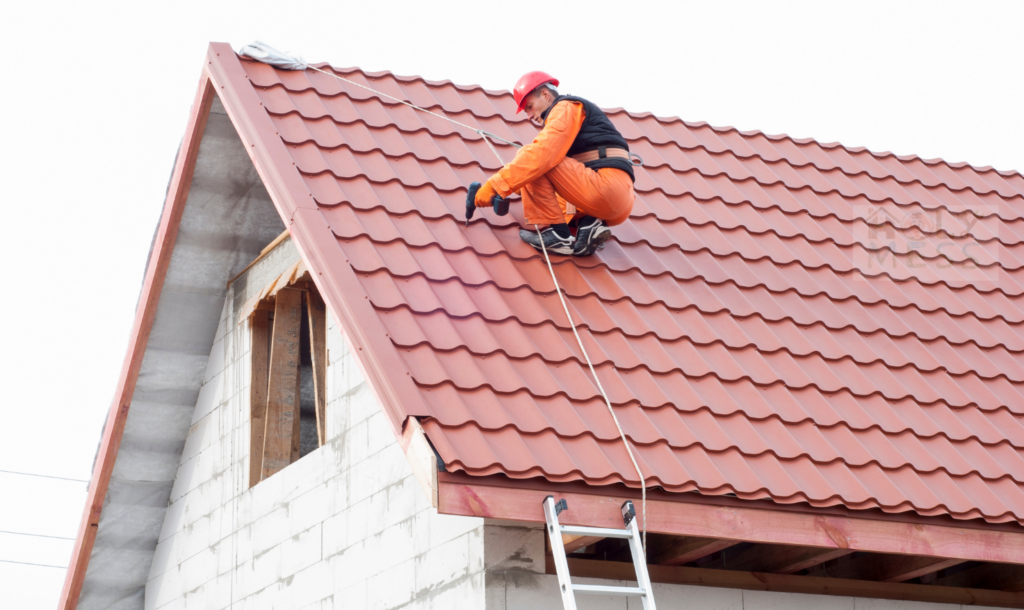
| Characteristic | Tiles | Colorbond |
| Lifespan | 50-100 years | 30-70 years |
| Durability | Very durable, can withstand harsh weather conditions | Durable, but more susceptible to hail damage |
| Weight | Heavy | Lightweight |
| Maintenance | Requires regular upkeep and repairs | Requires very little maintenance |
| Cost | More expensive than Colorbond | Less expensive than tiles |
Tiles generally last longer than Colorbond roofs. Tiles can last up to 100 years with regular upkeep and repairs, while Colorbond roofs have a lifespan of 30-70 years. Tiles are made from heavy and robust materials, such as concrete or terracotta, and can withstand harsh weather conditions, including hail, storms, and fire. They are also impervious to rust, rot, and insect damage.
Colorbond roofs are made from steel that is coated with a protective layer to make it resistant to corrosion and the elements. Colorbond roofs are lightweight and easy to install, and they are also very durable. However, they can be more susceptible to hail damage than tiles.
The best roofing material for you will depend on your individual needs and preferences. If you are looking for a roof that will last for many years, even in harsh weather conditions, then tiles are a good option. If you are looking for a lightweight and durable roof that is easy to install, then Colorbond is a good choice.
Overall, Colorbond roofing is a durable, low-maintenance, and cost-effective roofing option with a long lifespan. It is also termite resistant, non-combustible, and has good snow shedding properties.
Other advantages of Colorbond roofing include:
Yes, Colorbond roofing can rust, but it is highly resistant to corrosion and rust. It is designed to last for many years without developing rust, but there are a few factors that can affect its lifespan, including:
If you notice any signs of rust on your Colorbond roof, such as brown or orange spots, it is important to contact a roofing professional immediately. They can assess the damage and recommend the best course of action.
The best longest lasting roofing is slate. Slate roofs have a life expectancy of 150+ years, making them the longest lasting roofing material on the market. Slate is a natural stone that is resistant to fire, water, and hail damage.
It is also non-combustible and termite resistant. Slate roofs are very low maintenance, only requiring cleaning and inspection every few years.
| Material | Lifespan | Cost |
| Slate | 150+ years | Very expensive |
| Concrete tile | 50-100 years | Expensive |
| Clay tile | 50-100 years | Expensive |
| Metal roofing | 50-70 years | Moderate |
| Asphalt shingles | 20-30 years | Inexpensive |
Slate is the most expensive roofing material to replace. It can cost at least four times more than an asphalt roof. Slate roofs can cost between $10 and $75 per square foot, including installation. The cost of a slate roof will vary depending on the type of slate used, the complexity of the roof design, and the labor costs in your area.
There are a few reasons why slate roofs are so expensive. First, slate is a natural stone that is quarried and mined. This process is time-consuming and costly. Second, slate is a very heavy material, which means that it requires specialized equipment and skills to install. Finally, slate roofs are very durable and can last for centuries, which means that they are a high-end investment.
When it comes to commercial properties in Melbourne, choosing the right roofing material is critical for ensuring long-term durability, minimal maintenance, and energy efficiency.
Durability and Longevity
Colorbond roofing, made from high-quality steel, is designed to withstand Australia’s harsh climate, from intense UV exposure to heavy rain and strong winds. For commercial properties, this means a roof that can last upwards of 70 years with proper maintenance, reducing the need for frequent replacements and minimizing disruption to business operations.
Energy Efficiency
Commercial buildings can greatly benefit from the energy-efficient properties of Colorbond roofing. The material’s reflective coating helps to keep interiors cooler during Melbourne’s hot summers, which can significantly lower energy costs associated with cooling large spaces. This is particularly beneficial for businesses looking to reduce their environmental footprint and operational expenses.
Low Maintenance
Another advantage of Colorbond roofing for commercial properties is its low maintenance requirements. Unlike other roofing materials that may need regular upkeep, Colorbond’s resilience against corrosion, chipping, and flaking means that maintenance is infrequent and less costly. This allows businesses to allocate resources to other critical areas rather than constant roof repairs.
Customizable and Aesthetically Pleasing
Colorbond roofs are available in a wide range of colors and profiles, making them not only functional but also visually appealing. The aesthetic versatility of Colorbond roofing can also enhance the overall appearance of a commercial property, adding to its value and appeal.
Need help with your industrial roof? We offer commercial roofing in Melbourne with Colorbond as our top-choice. Our team specializes in installing and maintaining metal roofs, ensuring your commercial property remains protected, energy-efficient, and visually appealing for years to come.
Colorbond roofs are a great choice for Australian homeowners because they are durable, long-lasting, and low-maintenance. They can withstand a wide range of weather conditions and have a lifespan of up to 70 years.
If you are looking for a roof that will last for many years and protect your home from the elements, then Colorbond is a great option. If you have any questions about Colorbond roofs or need roof repairs in Melbourne or Canberra, please contact us. We are here to help.
